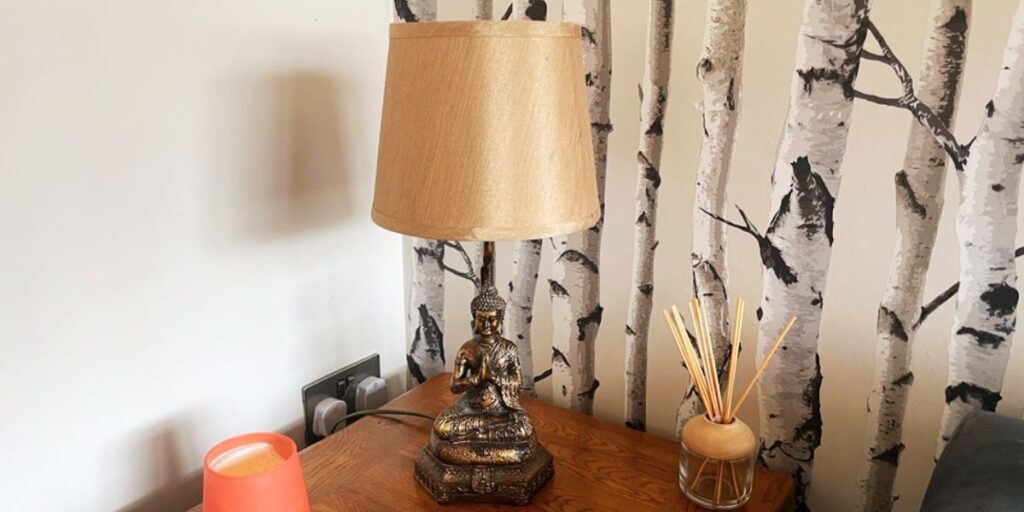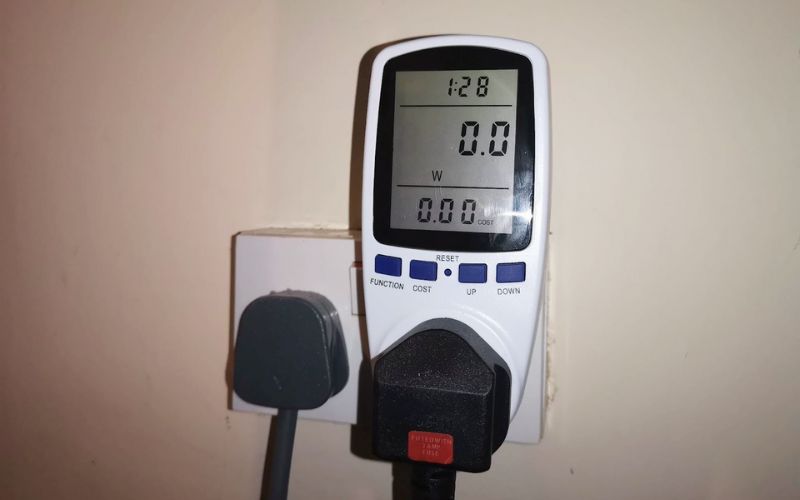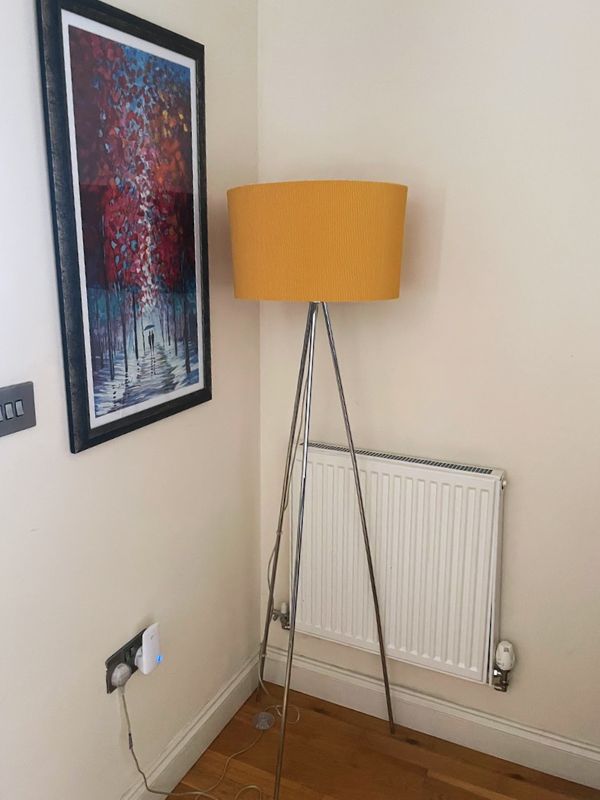Have you ever wondered if your lamps are using electricity even when they are turned off? It may seem like a small concern, but these tiny amounts of energy can add up and increase your electricity bill.

In this article, we’ll explore the truth behind whether lamps use electricity when turned off and provide you with tips on how to reduce your energy consumption.
Do Lamps Use Electricity When Turned Off?
Most lamps do use a small amount of electricity when plugged in and turned off. This is known as standby power or phantom power. It’s the energy that all electronic devices consume when they’re not in use but still plugged in.
But don’t worry, the amount isn’t huge like it is with some other devices such as phone chargers. And there are some easy ways to reduce your standby power consumption and save on your electricity bill.
How Lamps Work – Why Are They Electricity Vampires?
When you turn on a lamp, electricity flows through the wires and into the light bulb. The bulb contains a filament that heats up and produces light. Most lamps have a switch that controls the flow of electricity to the bulb. When you turn off the lamp, the switch interrupts the flow of electricity, and the filament stops producing light.
However, even when the lamp is turned off, it may still use a small amount of electricity. This is because most lamps have what is called a “soft” on and off switch.
The switch doesn’t completely cut off the electricity to the bulb, but instead, it controls whether the electricity flows through it or not. This means that there is still a small amount of electricity flowing through the lamp even when it’s turned off.
Some types of lamps, such as touch lamps or remote-controlled lamps, may use even more electricity when they’re turned off. That’s because the circuitry that controls the lamp still needs power to function.
Is Standby Power Consumption A Big Deal?
While this may not seem like a significant amount of energy, standby power consumption can add up over time and contribute to higher electricity bills.
According to the US Department of Energy, standby power consumption accounts for 5% to 10% of residential energy use. This means that unplugging lamps and other electronics when they are not in use can help reduce energy consumption and save money on electricity bills.
In fact, the average household could save up to $100 per year by unplugging devices that are not in use.
But how much are your lamps contributing to you standby power usage?
How Much Energy Does A Lamp Use When Off?
The amount of energy that a lamp uses when turned off is minimal, typically less than 1 watt per hour. Electricity costs 15 cents per kilowatt-hour (1000 watts) on average. So, leaving a lamp plugged in but switched off only adds a couple of pennies per year to your electricity bill.
I plugged my trusty wattmeter into my bedroom lamp to check how much power it used when turned off. The wattmeter showed 0.0 – meaning that this particular lamp uses virtually nothing when turned off.

Factors that Affect Standby Power Consumption
When it comes to standby power consumption, there are several factors that can affect how much electricity your lamps use when they’re turned off.
Here are a few key factors to keep in mind:
- Type of Lamp: Different types of lamps can consume varying amounts of standby power, depending on their design and components. For example, LED lamps typically use less standby power than incandescent or halogen lamps.
- Age of Lamp: Older lamps may use more standby power than newer models, due to outdated technology or wear and tear on components.
- Brand and Model: Some lamp brands and models may use less standby power than others.
- Number of Lamps: The more lamps you have plugged in and turned off, the more standby power you’ll be using overall. Consider unplugging lamps that you don’t use often to reduce your standby power consumption.
- Standby Power Settings: Some lamps may have settings that allow you to reduce or disable standby power consumption.
By keeping these factors in mind, you can make more informed decisions about which lamps to purchase and how to use them in a way that minimizes standby power consumption.

Ways to Reduce Standby Power Consumption
If you really want to get anal about it and save as much money as possible, there are ways to reduce the standby power consumption of the lamps in your home.
1. Unplug
One easy way to reduce standby power consumption is to unplug lamps when they’re not in use. This completely cuts off the power supply to the lamp and eliminates standby power consumption. This not only saves energy and money but also extends the lifespan of the lamp itself.
2. Use Smart Power Strips
Another way to reduce standby power consumption is to use smart power strips. Smart power strips can detect when a device is not in use and automatically turn off the power supply to that device. This eliminates standby power consumption without the need to unplug devices manually.
Kasa Smart Plug Power Strip

- Six smart outlets
- Energy monitoring from your Kasa Smart app
- Voice control via Alexa, Google Assistant, or Microsoft Cortana
3. Use Energy-Efficient Bulbs
Using energy-efficient light bulbs can also help reduce standby power consumption, as well as (more importantly) power consumption when the lamp is turned on.
LED bulbs, for example, use very little energy and have a longer lifespan than traditional incandescent bulbs.
This means they need to be replaced less frequently, reducing the energy and resources needed to manufacture and dispose of them.
Conclusion
So, do lamps use electricity when turned off? The answer is yes, but it’s a very small amount. Most lamps consume a tiny amount of electricity while plugged in and turned off, due to the standby mode of their electrical components.
However, this amount is negligible and won’t significantly affect your electricity bill.
It’s important to note that turning off your lamps when not in use can still save you a little bit of money in the long run. But really, it’s not enough to worry about.
If you really do want to cut down on your electricity bills, you’d be better off focusing on turning off lamps when you’re not in the room, rather than worrying about how much power they’re using when turned off.
